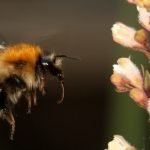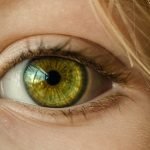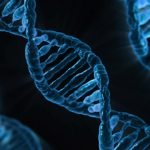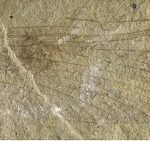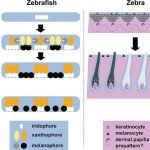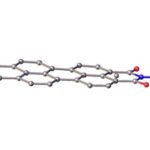Virus-infected plants can attract more bees and have better reproduction
Virus infection usually makes a plant sick and inhibits its growth. Nevertheless, virus infection may also offer a surprising boost for reproduction.
Scientists newly find...
Scientists discover a new type of eye movement in human
It is known that saccades and blinks are two main eye movements in human. Saccade is a rapid movement of both eyes between fixation...
Breast milk sugar helps protect babies from Group B strep infection
Group B strep (GBS) are bacteria found normally in vagina, intestine and rectal area in about 33% of healthy pregnant women. Most pregnant women...
Gene plays the primary role in BMI and obesity transmission
Obesity, which means too much body fat, is a serious health issue. Being obese can increase the risk of many diseases.
The World Health Organization...
The first Early Cretaceous damsel-dragonfly from western Liaoning, China
In the Jurassic and Cretaceous, damsel-dragonflies widely existed in Europe (e.g., Germany, Spain, England, and France).
So far, only two damsel-dragonflies have been found from...
Does our gut control our brain?
Humans are teeming with bacteria.
The ones living in our guts are particularly important because they can dramatically influence our health, both positively and negatively.
However,...
How the zebrafish got its stripes
How the zebra got its stripes is a frequent topic in popular literature about the natural world.
For developmental biologists, however, it is much easier...
Antioxidants get small
Let's start with a little background: antioxidants are substances that protect our cells from harm.
Think of them as little shields that defend us from...
Chimpanzee males court friends in high places
Have you ever wondered if animals have social hierarchies like humans do?
In a fascinating new study by scientists at Arizona State University, it turns...


